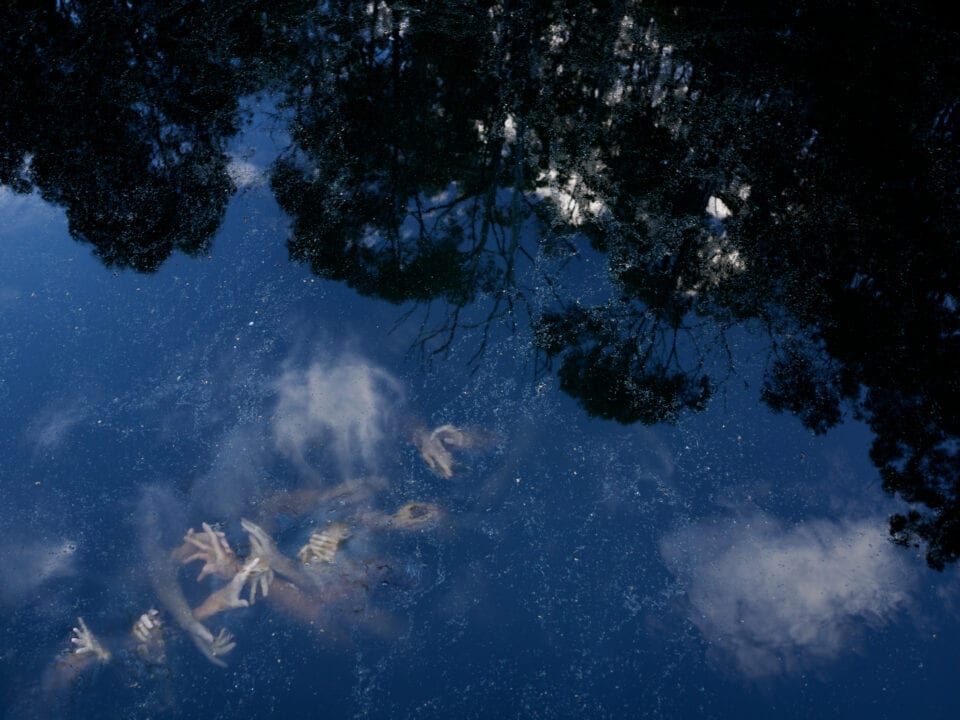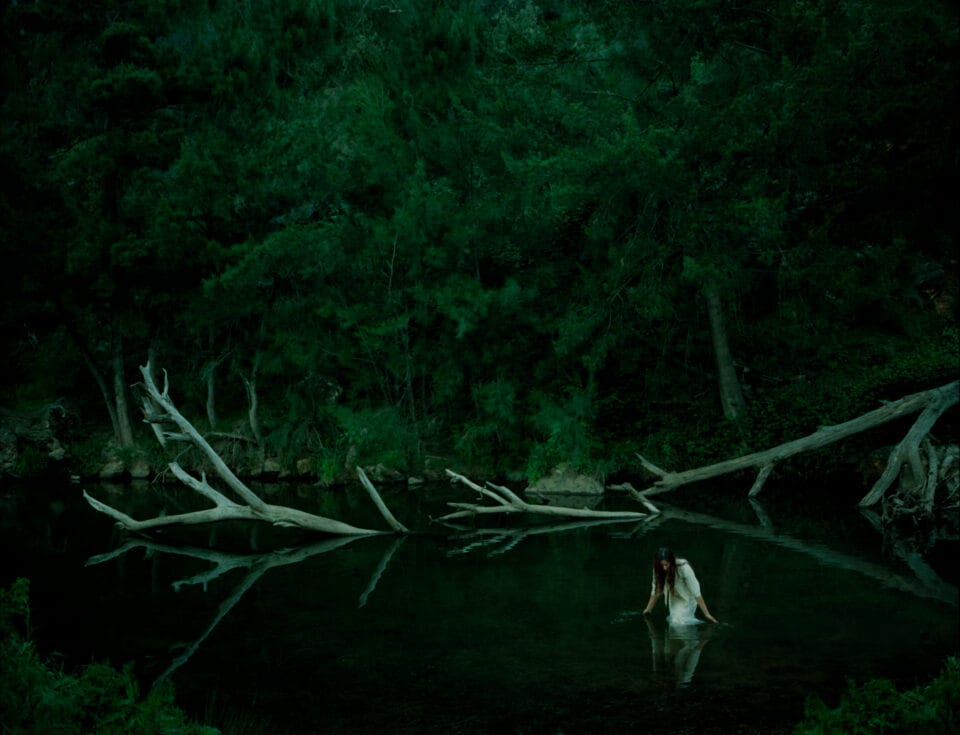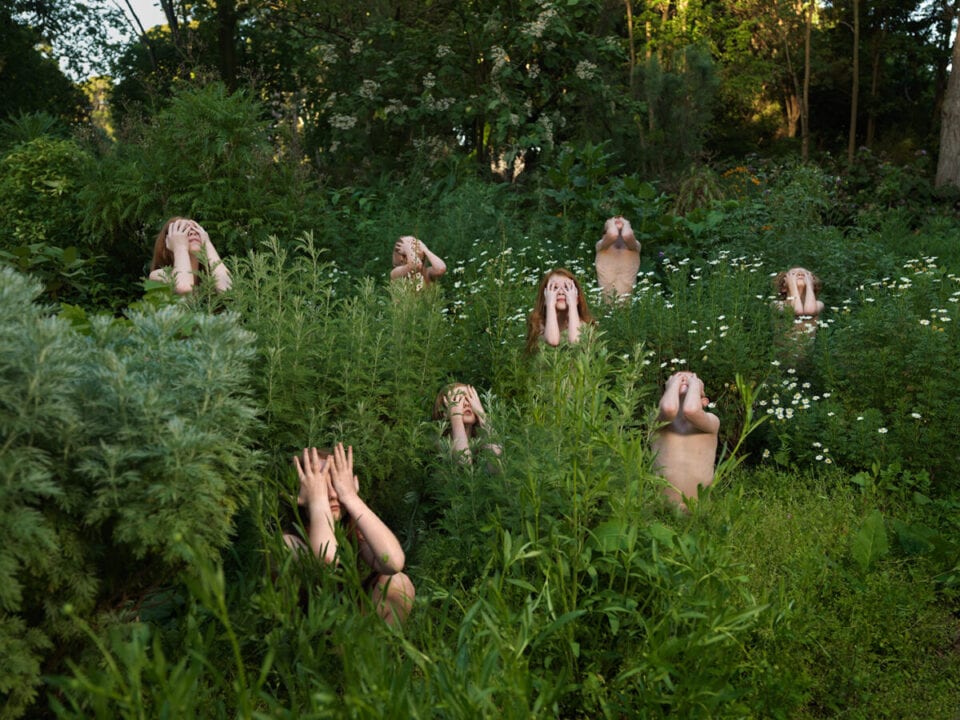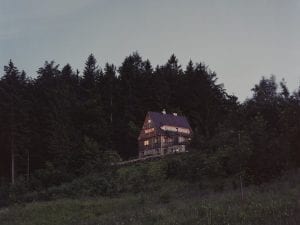“Once I enter the forest, I shift into another place inside myself. The smell of leaves, the sounds, the textures, and the play of light through the foliage all come together to create an elevated sense of reality. It makes me feel more active and more capable of being in the moment. I drift into what I could only describe as something akin to a daydream. I am mesmerised by the micro and the macro. My senses are heightened. For me, this is the closest to what I would consider a spiritual experience.”
From 25 June, Informality Gallery launches an Artist Spotlight for Australian photo-media artist, Tamara Dean. The online selection is offered as “an antidote to our current international crises by re-framing the experience of isolation through the artist’s universe.”
A: In the pandemic, we’ve been forced, collectively, to reconsider our priorities and relationship with nature. When did you begin this series, and how do you feel it’s been given a new sense of meaning?
TD:What audiences are looking at with Informality is a curated selection of photographic works spanning 14 years, rather than a specific series. The meaning behind this work remains as relevant as when the images were first taken. The illumination of my figures in the landscape is symbolic of the energy that we draw from being in nature.

A: Can art be an antidote?
TD:In no way am I underplaying the despair, severity and trauma of the pandemic and the tragedy of those and their families who have lost their lives. This has been, and continues to be, a devastatingly time for everyone. Having said that, I do think that inner strength can be drawn from the experience of social isolation. I appreciate that it can be uncomfortable, but it does allow time for reflection.
I live with my family in regional Australia – the driest inhabited continent on the planet. In this year alone I have experienced drought, wild bushfires (within kilometres of my home) followed by floods, and now a pandemic. I cannot think of a more important time for humanity to take time to reflect – to consider how we ended up in this place and to imagine new ways of moving forward.
I do believe that art can be an antidote. Art can transport you and perhaps most importantly, it can shift perception. What we need now is a monumental shift in perception: an appreciation for how vulnerable we are as a species and how we are only as healthy as the environment we foster.

A: What responsibility do you think artists have to respond to current events, to encourage audiences to think differently or empathise?
TD:I think that many practitioners tend to live unconventional lives, and in doing so look at the world through a different lens. This can offer a different perspective to the mainstream. In our technologically saturated world, the economic systems have been set up in such a way that there is virtually no time to step outside of the daily demands to consider our effect on the environment and so the bigger picture. I see our response to the climate change as the responsibility of every human on the planet, be you a mechanic, a farmer, a politician or an artist.
A: The images draw inspiration from John William Waterhouse and the pre-Raphaelites. What references do you make to their work? How do you bring it into the contemporary age?
TD: In my early years I was inspired by the Pre-Raphaelites – in particular for the grace, femininity and ease of the young women in the landscape in the paintings of by John William Waterhouse. These early references nestled comfortably in my subconscious for over a decade until I started placing figures into the landscape in my first conceptual photographic series, titled Ritualism.

Whilst the Pre-Raphaelites are a clear influence on my choice of lighting and the figures in the landscape, the women’s ages and the depiction of their unclad figures contemporises my work. These are the women I want to see, with bodies bearing the marks of childbirth and of having lived full lives – whatever they might be. I see these changes taking shape on my own body and see the beauty in what these marks and textures symbolise.
A: What’s the best advice you have for reconnecting with the natural world today?
TD:Find a place where you can take your shoes off and feel the earth underneath your feet. Or better still, plant a tree, get your hands in the earth.
My husband and I have planted about 200 trees on our property and it is an amazingly fulfilling experience to see them grow and realise that we are creating a habitat. If you are unable to go outside, even just taking a moment to appreciate a breeze through a window passing over your skin. I find immersing myself in a body of water – the ocean, a river, even a dam helps me and remember that there is an entire world underneath the surface.
Tamara Dean’s works are on display at Informality until 23 July. For more information, click here.
Credits:
1. Tamara Dean, Wormwood in Spring, 2017. Archival pigment print on cotton rag. 120 x 160 cm. Copyright of the artist, Courtesy of Informality.
2. Tamara Dean, Endangered 8, 2018. Archival pigment print on cotton rag. 150 x 200 cm. Copyright of the artist, Courtesy of Informality. Featuring dancers from the Australian Dance Theatre.
3. Tamara Dean, Messmate Stringybark (Eucalyptus Obliqua) Summer 2018. Archival pigment print on cotton rag. 75 x 100 cm. Copyright of the artist, Courtesy of Informality. Featuring dancers from the Australian Dance Theatre.
4. Tamara Dean, The River Ritualism. Archival pigment print on cotton rag. 76 x 102 cm. Copyright of the artist, Courtesy of Informality.





